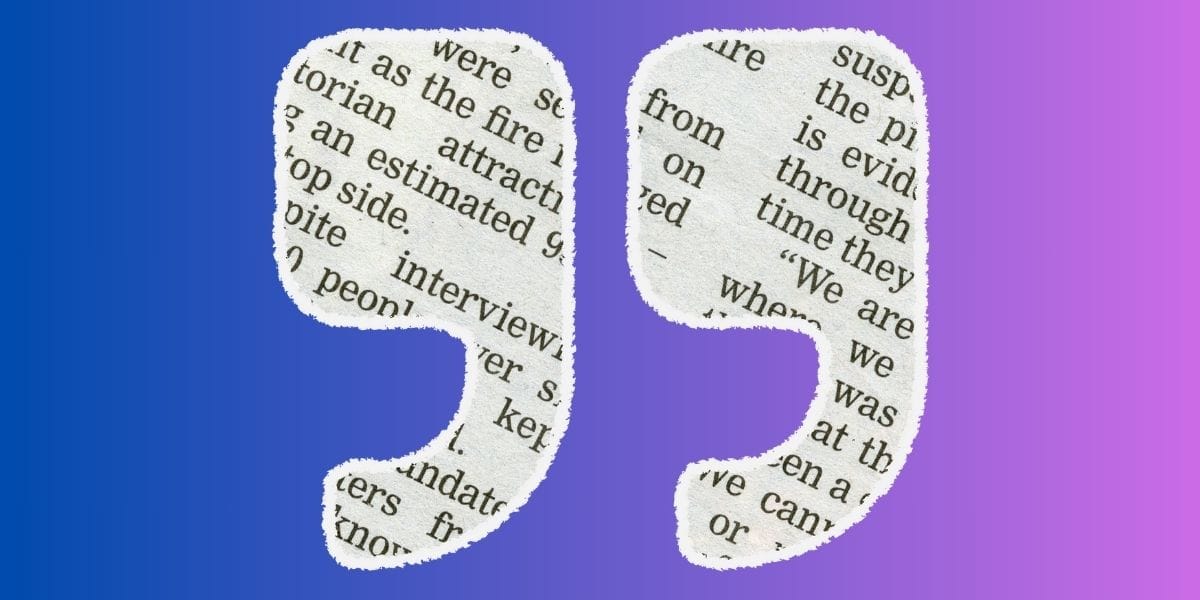You and I are explanation machines.
We love to take in information and create a story around it. It doesn’t matter if there’s a story there. We create order out of randomness. Fiction out of fact.
But it’s just that, a story.
In 16th century London, “black swan” was a common expression to describe the impossible. Why?
Every swan is white
All historical records reported swans had white feathers, so a black swan was impossible.
It makes sense. If no one had ever seen a black swan, would you believe a black swan was possible? We make broad generalisations from specific observations on a daily basis. This is no different.
Luckily, we don’t need to decide. Black swans were discovered in Australia–and now not every swan is white.
We make this mistake constantly. We search for and favour information that confirms our preexisting beliefs. Psychologists called it the confirmation bias. Even when we gather information, we do so selectively. We go so far to interpret ambiguous information to support our previous beliefs.
The backfire effect is insane. Sometimes when given evidence against our beliefs, we reject the evidence and believe in our cause more.

Take Ignaz Semmelweis, an early pioneer of hand washing in hospitals. Semmelweis wrote papers showing hand washing reduced mortality to below 1%. Papers don’t matter when you conflict with popular opinion. Semmelweis was rejected by the medical community. He eventually died in an asylum.
Our beliefs blind us. If it doesn’t fit in our mental model, it doesn’t exist.
We think the past indicates the future. But it doesn’t, what works today may not work tomorrow. The future will be vastly different from today.
We use our brain to categorise information. It’s become very good at it. Tiger = bad, blueberry = good. Our world today isn’t as black and white. It’s hard to categorise. We still try.
We take in facts and produce a story. It’s the narrative fallacy, facts aren’t facts. They’re stories waiting to happen. Explanations bind facts together and make it easier for us to remember. Only then do they make sense.
We tell stories that don’t exist.
As Taleb writes in The Black Swan,
Both the artistic and scientific enterprises are the product of our need to reduce dimensions and inflict some order on things. Think of the world around you, laden with trillions of details. Try to describe it and you will find yourself tempted to weave a thread into what you are saying. A novel, a story, a myth, or a tale, all have the same function: they spare us from the complexity of the world and shield us from its randomness. Myths impart order to the disorder of human perception and the perceived “chaos of human experience.”
Finance Journalism is Backwards
Turn to the news tonight. Pay special attention to the finance section. It’s at the end of most broadcasts. Look at how the news reader tells you about the movements in the market with perfect certainty. How they stand up, night after night, and take the facts and weave them into stories. They’re expert painters, showing you a black and white world.
It doesn’t.
They don’t understand.
They haven’t seen a black swan yet.

Next time you hear, “today, we saw the Australian dollar jump from $0.73USD to $0.75USD due to higher demand for Australian exports in China and Indonesia”, pause for a moment.
Ask yourself, if this perfect story were true, if this news reader had a perfect understanding of what was going on, would they be working as a journalist?
Wouldn’t they be an investor?
It’s not just journalists. We all do it. We look backwards and turn facts into fiction. A perfect story with absolute certainty about what happened. Everyone is a master storyteller when it comes to the narrative fallacy.
We’re all terrible at looking ahead.
Remember,
Not every swan is white



